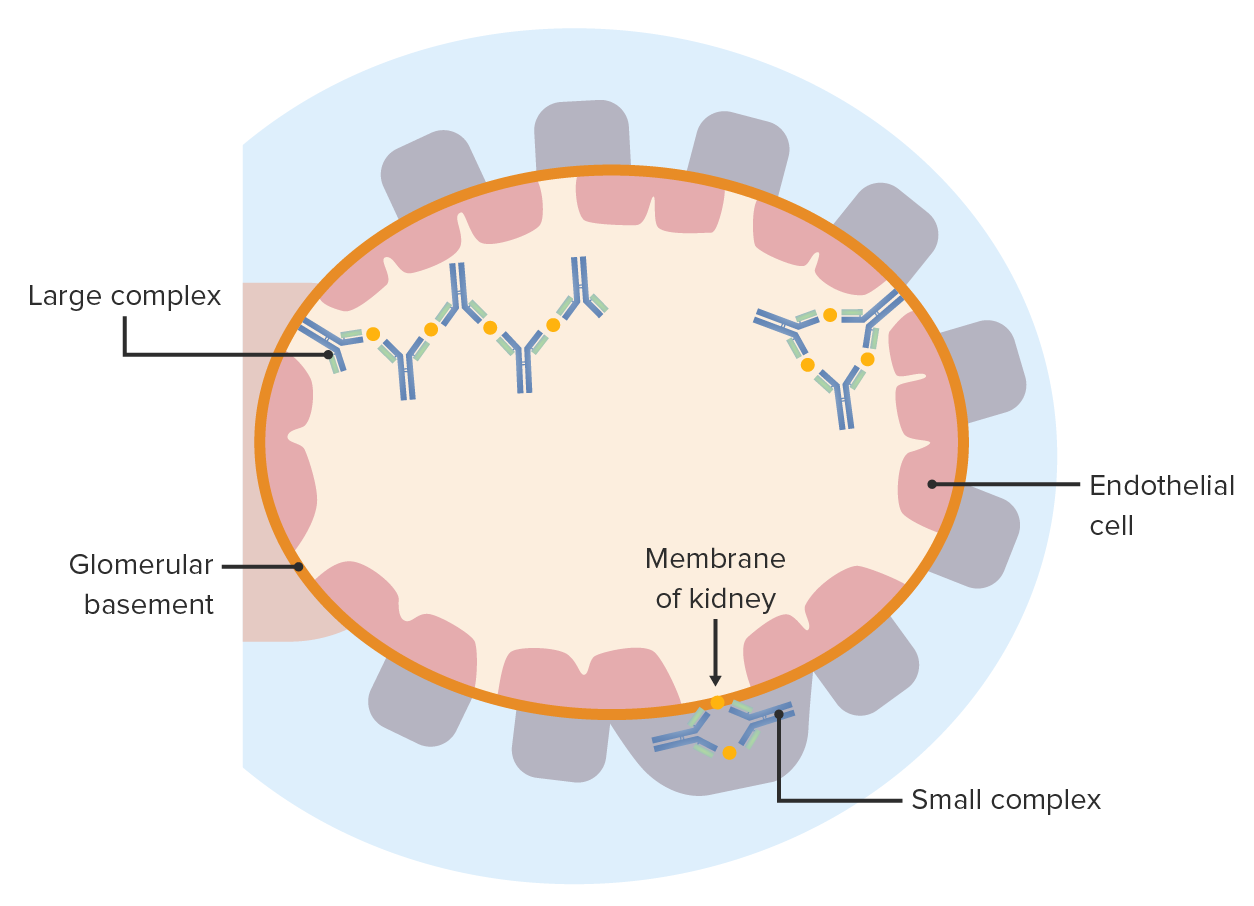

Histamine is the principal biogenic amine that causes rapid vascular and smooth muscle reactions. This phase is characterized by degranulation and release of pharmacologically active mediators within minutes of re-exposure to the same antigen. The primary cellular component in this hypersensitivity are the mast cell, eosinophils, and basophil.Ī schematic diagram showing type I hypersensitivity reaction IgE-coated mast cells can activate on repeat antigen encounter.

Binding of IgE to the mast cells is also known as sensitization. This class of antibody binds with high affinity to Fc receptor on the surface of tissue mast cells and basophils. Plasma cell secretes IgE in response to allergen-specific TH4 cells. Generally, it affects skin, respiratory tract and cardiovascular system. The time of onset of symptoms depends on the level of hypersensitivity and the site of exposure to the antigen. It is an acute and potentially fatal immediate hypersensitivity reaction. However, it has been shown that such individuals preferentially produce more lymphocytes or TH2 cells which in turn favor the change of class to IgE. The precise component of why some people are more prone to Type 1 hypersensitivity is unclear. Thus, an allergen induces a humoral antibody response, resulting in a generation of antibody secreting plasma cells and memory cells.Ĭommon allergens for type I hypersensitivity are plant pollen, foods (nuts, eggs, seafood, etc.), certain drugs (penicillin, Salicylates, local anaesthetics, dust mites, etc. Type I hypersensitive reactions can induce by a special type of antigen refer to as allergens which have all the hallmarks of the normal humoral response. (IgE antibodies are class of antibodies that produces in allergic reactions and multivalent antigen is an antigen molecule with more than one identical epitope per molecule) Type I hypersensitivity reactions are initiated by the interactions between an IgE antibody and a multivalent antigen. This reaction is always rapid and can occur within minutes of exposure to an antigen. Type I hypersensitivity reaction is commonly called an allergic or immediate hypersensitivity reaction.


 0 kommentar(er)
0 kommentar(er)
